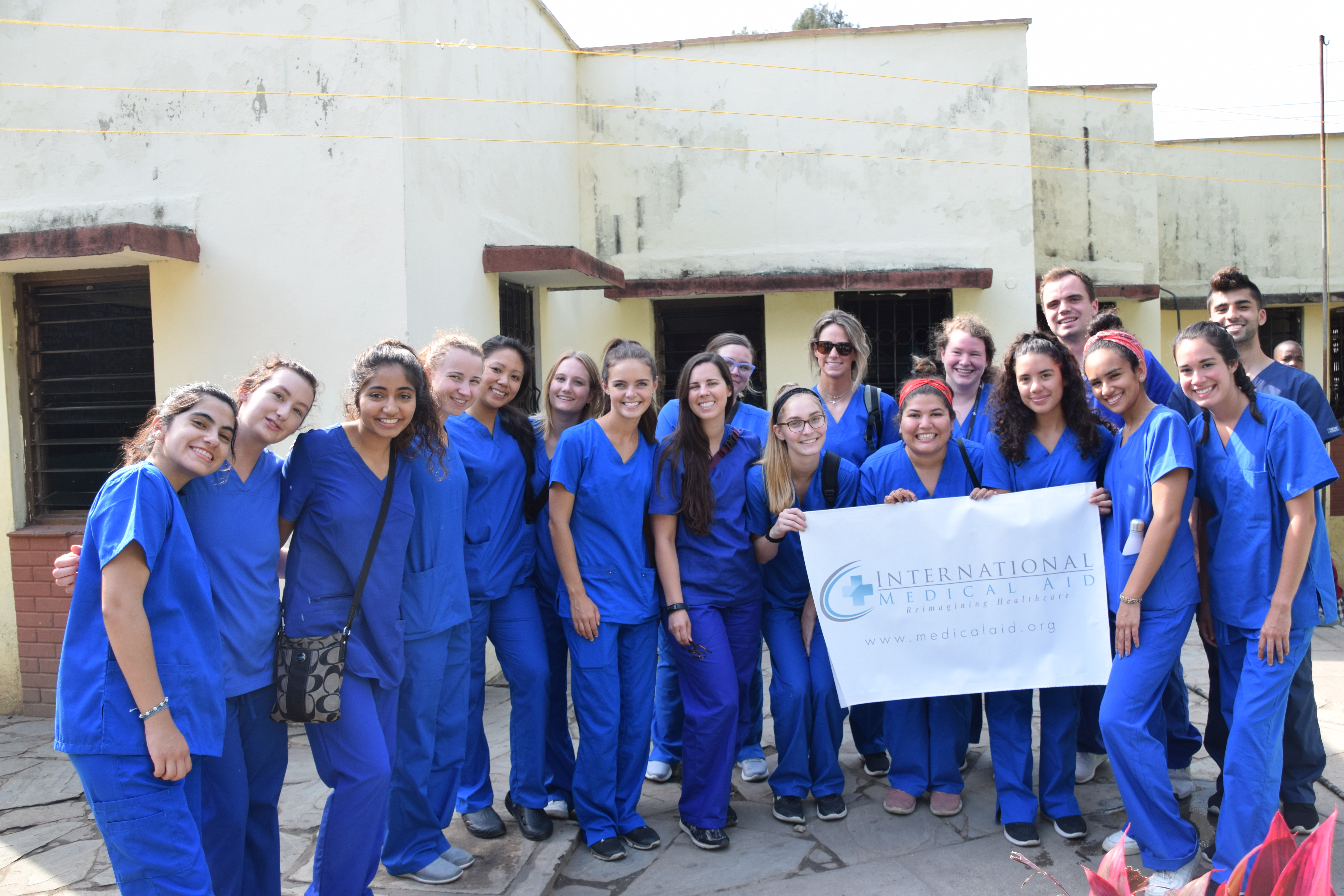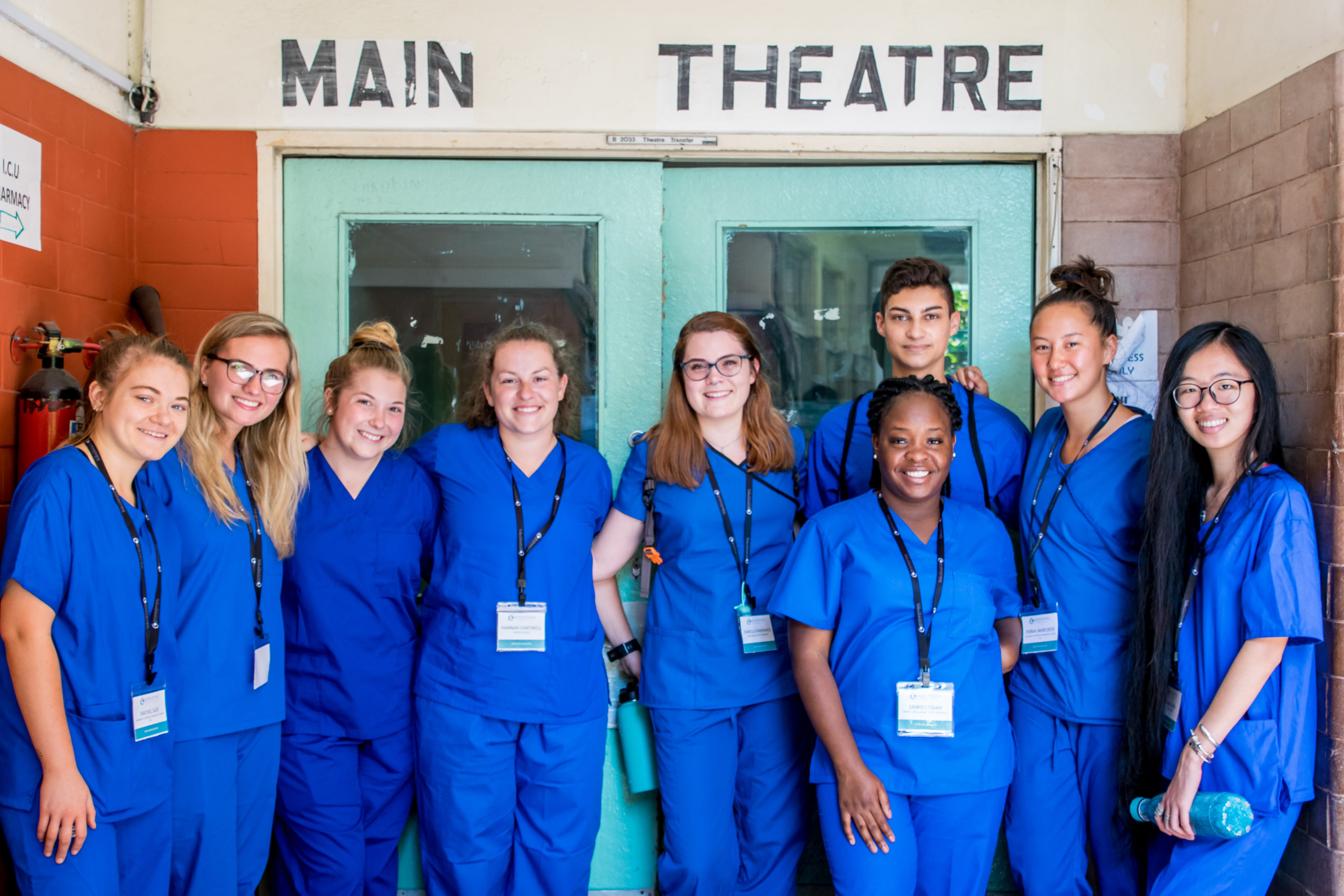Applying to medical school is an enduring process. Even after all applications are submitted to schools, the work does not end there. The pressure turns up as students await interview invitations, prepare for interviews, or continue waiting for the final decision after interviews. Needless to say, the process requires a lot of patience.
However, it doesn’t mean nothing is in your hands. Many students decided to put their all during this time into extra acts that could certainly turn the tides towards them. Writing a medical school letter of intent or a letter of interest is one such way to do so.
The two letters are incredibly similar in their structure and contents, but not in their purpose. So what’s the main difference between a medical school letter of intent vs. a letter of interest?
Medical School Letter of Intent vs. Letter of Interest
The most prominent aspect that distinguishes a letter of intent from one of interest is the extent of commitment. A letter of intent conveys to the medical school in question that you are dedicated to matriculating. In other words, it is a promise that, if accepted, you will certainly attend.
As for a letter of interest, the purpose is simply to show a strong desire to attend a medical school. However, your statement would not hold you to attend should you decide not to. The purpose of a letter of interest is perhaps for students waiting on a few of their top schools but still have not chosen between them.
Both the letter of intent and the letter of interest aim to boost students’ chances of receiving an acceptance.
Let’s understand the two types of letters in detail.
What is a Medical School Letter of Intent?
To be more specific, a medical school letter of intent is solely for students with a single dream program or school in mind. If you have received acceptances, but are becoming antsy at the lack of your response from that one medical school you’ve been eyeing, you’ll want to consider a letter of intent.
A medical school letter of intent is strong in its ability to drive home your integrity as a potential medical student. Certainly, the letter isn’t a contract. However, to send a letter of intent to a school, and then fail to attend once accepted, is a breach of ethics as a student. This is especially important considering the emphasis medical schools traditionally place on ethics. Doing so not only puts you in an unfortunate light, but it also devalues the contents of the recommendation letters that supervisors took time to write.
Medical schools are just as serious about the application process as the applicants are. With thousands of applications coming in from all over, they must tediously survey all to seek the right students to uphold the school’s legacy. Thus, a letter of intent is nothing to underestimate.
When done right, a letter of intent can pull a student out of the brink of hopelessness at being denied by their number one program.
When to Send a Letter of Intent?
The best time to send your medical school letter of intent can depend on many factors. Generally, the rule of thumb is to wait until after your interview with the medical school. Remember, it will only be that one, top medical center to which you will send a letter. Even if you have received an invitation for interviewing, don’t send any letter until after the interview. Doing so will be premature and rob you of the opportunity to use the interview to your advantage in the letter.
What about medical schools that have not yet sent an interview invitation? Do not send a letter of intent. Wait until they reach out for an interview. Otherwise, never send a letter of intent to a school that hasn’t displayed interest.
So you received an invitation and attended the interview. It was enlightening, you learned more about your desired program, and you feel it went by wonderfully. Now what?
After the interview, simply wait for about a month before sending a letter of intent. Again, doing so earlier is a bit desperate because schools just begin to send out admission acceptances during that time. A good sign that it’s time is when you begin to receive some acceptances from other programs to which you’ve applied (if any). Chances are, you may be anxious that you haven’t heard back from your dream school. That’s the right time to pull out the letter of intent.
But wait! Before you do anything, ensure that the medical school allows letters of intent. Some programs prefer applicants not to engage in ongoing or continued communication with the school. A simple check of the school’s policies, or shooting an email to any medical students you know or an advisor from the school can clarify it. Sending an unsolicited letter of intent does not fare well, especially if the rules are clear.
Finally, it’s time to create the medical school letter of intent. How is it done?
How to Write a Medical School Letter of Intent
Following a formal letter structure, a medical school letter of intent first begins with an address to the Dean or the Director of Admissions. The recommendation is to research the name to whom you are writing, and ensure it’s the right person. In some cases, it’s fine to address it to the school’s admissions committee. Make sure to double-check before you do anything by shooting an email to the school’s admissions office.
Introduce yourself in the first paragraph. Cut to the point by explaining the purpose of the letter – to demonstrate your intent to matriculate. Generally, students say their name, interview date, and may choose to mention their interviewer’s name as well. It would not hurt to include a brief part of your positive interview experience or a tidbit you learned about the medical school. As long as it’s clear in the first paragraph that it is a letter of intent, any other enhancements can give you distinguish you from the crowd.
In the second paragraph, explain in detail exactly what about the medical school prompted a letter of intent. Why do you want to attend so strongly? Naturally, this section should be specific to the school. Avoiding vague language elevates your “argument” for your desire to attend. For example, note anything you saw or recently discovered about the school during the interview. This may include dual enrollment programs, exclusive research opportunities, specific renowned professors with whom you’d like to work, or close connections with certain hospitals. If the medical school truly is where you intend to matriculate if accepted, writing this section may come easily to you.
The third paragraph turns the focus back to you. Here, you will detail what you can promise to contribute to the school. Why are you a good fit? Think about how you stand out from other applicants – don’t worry, everyone has at least one special aspect. For example, you can discuss personal experiences in research or volunteering, an extracurricular activity, or related projects that can provide value to the school. A rule of thumb is to tie your accomplishments back to the mission statement. How will your skills memorialize the school’s core values? Additionally, include any recent developments or accomplishments since your initial application.
Finally, double-check the letter as many times as you need to. Remember, a medical school letter of intent is completely optional. The more time and effort you put into it will only improve your chances.
Example of Medical School Letter of Interest
Dear [Dean or Director of Admissions],
My name is Darren Jacobs, and I have applied to [School Name]. After my interview on September 16, 2020, with [Interviewer], I want to officially communicate that [School Name] is my first choice. Thus, I give my statement of intent that I will attend [School Name] upon acceptance. Learning more about the program has made it clear to me that I would be an excellent fit.
My interview was an educational opportunity for which I am so grateful. Visiting the school grounds brought more amazing things about [School Name] that further cemented my desire to attend. Speaking with [Interviewer’s Name] gave me an idea of the values of the faculty. After visiting many other schools, I found [School Name] to exceed my expectations in its program opportunities. In particular, I was excited to see opportunities for student-led clinics where I hope to learn and practice hands-on.
Furthermore, I have learned just how strongly [School Name] believes in this mission statement of spreading respect and offering full support for medical students. The many students I met on campus were incredibly informative, helpful, and I learned about [School Name] modern and integrative learning practices. As a multifunctional learner, I appreciate the ability to learn in all ways: individual-learning resources, group-learning, and abundant assistance from faculty. Overall, the ambiance and environment made me certain the [School Name} is where I hope to matriculate.
As a school built on research and high-quality medical innovations, I would love to provide my skills to continue those ambitions. I continually keep up-to-date with advances in medicine, and I have an online blog dedicated to new research and medical discoveries. Furthermore, I have experience volunteering in hospitals with direct patient contact, and I believe I would maintain [School Name]’s patient-focused value if I were to work in the student clinic.
On my initial application, I mentioned that contributing to the research was a goal of mine. Since then, I have taken on the role of a research assistant to improve my analytical skills. I know [School Name] is proud of its many research-based achievements and commitment to hands-on learning. I hope to offer my skills to the school’s research department and uphold the values that make this program so great. Additionally, I have written a few publications related to my desired specialization, which I have attached.
Once again, I am strongly committed to my intent to attend. Thank you for your time and consideration, and I will continue to remain hopeful that [School Name] will be my destination this fall.
Regards,
Darren Jacobs
Frequently Asked Questions
How do letters of interest and interest differ from a letter of update?
The purpose of an update letter is different from the other two. An update letter is meant to draw attention to activities you’ve been involved in since your application. If there are any new accomplishments, projects, or research developments you want medical schools to know, you can do so with an update letter.
Additionally, you can send an update letter to as many schools as you want. However, it’s meant for schools that have yet to accept or reject you. Only send update letters to schools for whose responses you are still waiting.
Now, can you send both an update letter and a letter of intent or interest? Yes, and the most ideal situation would go like this: You send an update letter to a school, and a few weeks later you receive notice that you’ve been waitlisted. A letter of intent or interest is the perfect response to go from the waitlist to the accepted list.
How many letters should I send?
For the letter of intent, only send one letter to one school. Do not send to multiple schools, nor should you bombard any particular school with more than one letter. The only one will suffice.
What if I don't have any accomplishments?
If you feel you haven’t done anything noteworthy enough to write about, think again. Even if you’ve never done research or volunteered, try to remember your university accomplishments. In-class or outside the classroom, you can find positive things to say about many triumphs.
For example, you can discuss tough classes, for which achieving a high grade felt meaningful to you. Perhaps you improved your grades from one semester to another. Perhaps you have some accolades, scholarships, or you made the Dean’s list. You may also include any significant class projects into which you invested a lot of work and time. Anything works as long as you demonstrate major progress or something you felt proud about, and you can relate that back to the school’s values.
What tone should you use?
Since both the letter of intent and letter of interest is formal, keep your tone level and professional, with confidence and honor. The aim is to present yourself in a respectful, yet authentic manner.
Can I send both a letter of interest and a letter of intent?
If you feel you haven’t done anything noteworthy enough to write about, think again. Even if you’ve never done research or volunteered, try to remember your university accomplishments. In-class or outside the classroom, you can find positive things to say about many triumphs.
For example, you can discuss tough classes, for which achieving a high grade felt meaningful to you. Perhaps you improved your grades from one semester to another. Perhaps you have some accolades, scholarships, or you made the Dean’s list. You may also include any significant class projects into which you invested a lot of work and time. Anything works as long as you demonstrate major progress or something you felt proud about, and you can relate that back to the school’s values.
Should I follow the exact medical school letter of intent or interest structure?
The basic layout of such letters can vary depending on where you look. But most examples have a similar structure indicative of a formal letter. As long as all the essential formalities are apparent, your letter should be fine. For example, the greeting and the closing, the balanced break-up of the content, and a professional tone throughout. Otherwise, feel free to make your letter your own. The more original and authentic your voice is, the more memorable it will be for whoever reads it.
How long should a medical school letter of intent or interest be?
Keep your letter to one page. Usually, this should translate to about 500-600 words.
Final Thoughts
Overall, the medical school application process can seem endless. The work doesn’t stop even when all application essentials are submitted. Understandably, many applicants may feel antsy and restless. Writing these letters is a way that applicants can feel like their behind the steering wheel.
Although it’s impossible to know how much a medical school letter of intent or interest can change a decision, it never hurts to try. As long as you do it properly, a letter of intent or interest can only help you. At the same time, it can alleviate any anxiety.
On the other hand, it’s important to take these letters seriously, because a disingenuous or lazy letter may damage your odds. To maximize your prospect, our Healthcare Internship Program and medical school admissions consulting services can assist you in your journey to medical school.
















